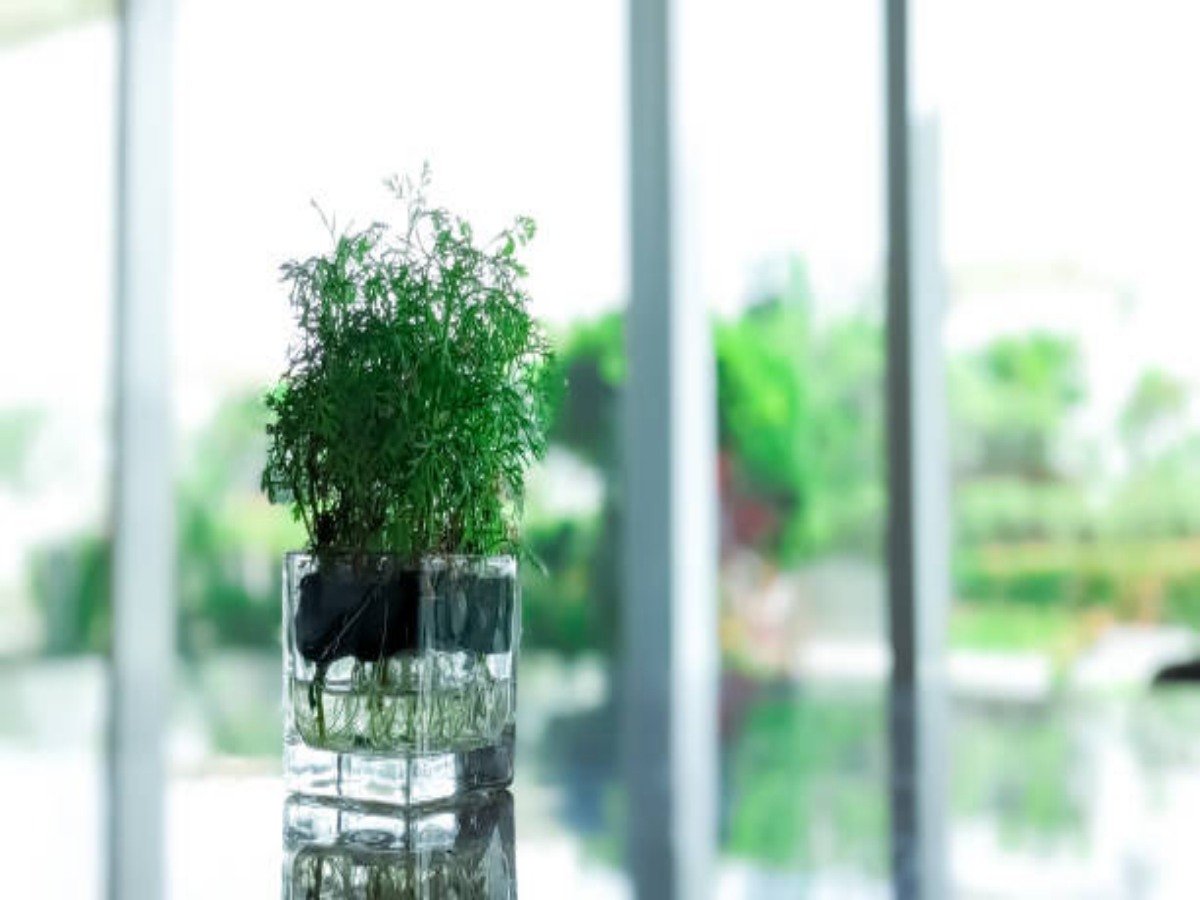Introduction: Adding Elegance and Greenery with Glass Pots
Glass pots are a chic and contemporary way to display your favorite plants indoors. Their transparent structure offers a unique opportunity to showcase the beauty of both the foliage and the roots. Whether you're a seasoned plant lover or just starting your indoor garden, this article will guide you through the top ten plants that thrive in glass pots. Get ready to enhance your indoor décor with these stunning selections!
1. Snake Plant (Sansevieria trifasciata)
The snake plant, also known as mother-in-law's tongue, is an excellent choice for glass pots. With its upright and sword-like leaves, this plant adds an architectural element to any space. Snake plants are also incredibly low-maintenance and can tolerate low light conditions, making them perfect for those who don't have a green thumb.
2. Pothos (Epipremnum aureum)
Pothos is a popular houseplant known for its trailing vines and heart-shaped leaves. It adapts well to glass pots and can handle a range of light conditions, from bright indirect light to low light. Pothos is also an excellent air purifier, making it an ideal choice for bedrooms or offices.
3. Spider Plant with Glass Pots (Chlorophytum comosum)
The spider plant is a classic choice for glass pots due to its cascading foliage, which resembles spider legs. This plant thrives in bright, indirect light but can tolerate some shade. Spider plants are also known for their air-purifying qualities, making them a popular choice for improving indoor air quality.
4. Chinese Money Plant (Pilea peperomioides)
The Chinese money plant, with its unique round leaves and upright growth habit, is a trendy choice for glass pots. It prefers bright, indirect light and thrives in well-draining soil. Chinese money plants are believed to bring good luck and prosperity, making them a delightful addition to any home or office.
5. String of Pearls (Senecio rowleyanus)
If you're looking for a plant that will truly make a statement in your glass pot, the string of pearls is an excellent choice. Its cascading stems adorned with tiny, bead-like leaves create a stunning visual effect. String of pearls thrives in bright, indirect light and requires well-draining soil to prevent root rot.
6. Peace Lily with Glass Pots(Spathiphyllum wallisii)
The peace lily is a popular choice for glass pots due to its elegant white blooms and glossy green leaves. It prefers low to medium light conditions and can even tolerate fluorescent lighting. Peace lilies are also known for their ability to purify the air by removing harmful toxins.
7. English Ivy (Hedera helix)
English ivy is a versatile plant that can be grown in both hanging baskets and glass pots. Its trailing vines and lush foliage add a touch of elegance to any space. While it prefers bright, indirect light, English ivy can also adapt to low light conditions. It's important to keep the soil slightly moist to prevent drying out.
8. Boston Fern (Nephrolepis exaltata)
If you're looking to create a lush and tropical atmosphere in your home, the Boston fern is an excellent choice for a glass pot. Its feathery fronds add texture and movement, making it a perfect accent plant. Boston ferns prefer bright, indirect light and high humidity, so misting their leaves regularly can help maintain their vibrant appearance.
9. African Violet (Saintpaulia)
African violets are beloved for their beautiful blooms and compact size, making them ideal for glass pots. They prefer bright, indirect light and well-draining soil. African violets are relatively low-maintenance, but they require consistent watering to prevent their delicate roots from drying out.
10. Air Plant (Tillandsia)
Air plants are unique and fascinating plants that don't require soil to grow. They absorb moisture and nutrients from the air, making them perfect for glass pots. Air plants prefer bright, indirect light and should be misted or soaked in water occasionally to ensure they receive enough hydration.

